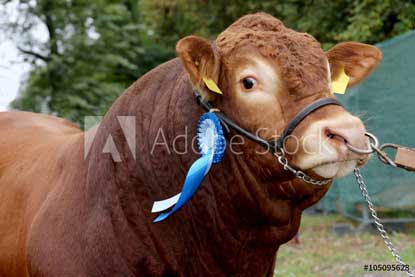
Section 1
Project Record
Over half of your 4-H career is spent working on projects, and fittingly, over half of your record book is spent commemorating those projects. Section 1 provides a framework for planning, completing, and analysing each of your 4-H projects. How? Let's go through it step-by-step.
Note
Requirements
| Juniors (Ages 8-10) | Intermediates (Ages 11-13) | Seniors (Ages 14+) | |
|---|---|---|---|
| Minimum # of Goals | Two (2) | Three (3) | Four (4) |
| Project Description | Addresses who, what, when and where of project qualitatively in less than 300 words. | ||
| Size and Scope | Includes quantitative information pertaining to the materials and time required to complete the project. Financial Information and Market Summary sub-sections should be filled out if applicable to the project. | ||
| Knowledge and Skills Acquired | Lists things learned in project. | Lists things learned in project and addresses each goal. | Lists things learned in project and demonstrates how at least 2 goals were met, as well as addressing all goals. |
| Exhibition Summary | Lists exhibitions and placings from entire year. | ||
Overview
Please just fill this box out. It's really not that hard, and I'd rather not waste the space (or the bandwidth) to explain in detail. If you really have questions, contact the Extension Office.
Goals
If you aim at nothing, you will hit it every time Zig Ziglar
Goals provide direction for your 4-H project. If you've ever gone to any motivational leadership conference, you've heard about goals far more than you could ever care to, but the facts show the people with goals acomplish more. Great, you say, how do you make goals? I'm glad you asked.
A goal is an objective or thing desired to happen with SMARTY attributes:
Project Description
If you can't explain it to a six year old, you don't understand it yourself. Albert Einstein
Use the project description to explain what you did in the past year to someone who doesn't know anything about that subject. A good project description should read almost like a newspaper brief about your project. Like a good reporter, include information on the
- Who (parents, siblings, project leaders)
- What (leathercraft halter, market steer show, cooking recipe)
- When (at fair, at the spring judging contest, at home all year)
- and
- Where (at Hansen arena, at home, at SAREC)
of your project.
Note
Size & Scope
There's always a four-point-five percent margin of error, plus or minus. The Accountant in The Accountant (Short film)
The label "Size & Scope" has caused confusion for several generations of 4-Hers. Let's define these words to clear that up.
- Size
- is numbers, i.e. the number of hours spent, dollars invested, contest points earned, pounds of feed, etc.
- Scope
- indicates the varieties, different types, recipes, plants or animal breeds with which you worked.
In short, Size & Scope is a quantitative analysis of everything you used to complete your project. Good Size & Scope sections vary widely depending on the project, but all of them record the items (physical or intellectual) used in the project, and the time and money spent on the project. Take a look at the examples for ideas to get you started.
Tip
Knowledge & Skills Acquired
Receive my instruction, and not silver; and knowledge rather than choice gold. Proverbs 8:10 KJV
Knowledge & Skills Acquired serves two purposes. First, it allows you to address whether or not you met your goals. Second, it tells readers what you actually learned this year in your project.
To complete Knowledge & Skills, create a heading for each goal you wrote. Write a paragraph (at least three sentences) explaining if you met the goal, how you met the goal (or why you did not meet the goal), and what you learned from the goal. After each goal is addressed, include paragraphs explaining anything else you learned about your project area. Remember that your readers might not know anything about your project area, so be sure to explain it in a way that a layperson can understand.